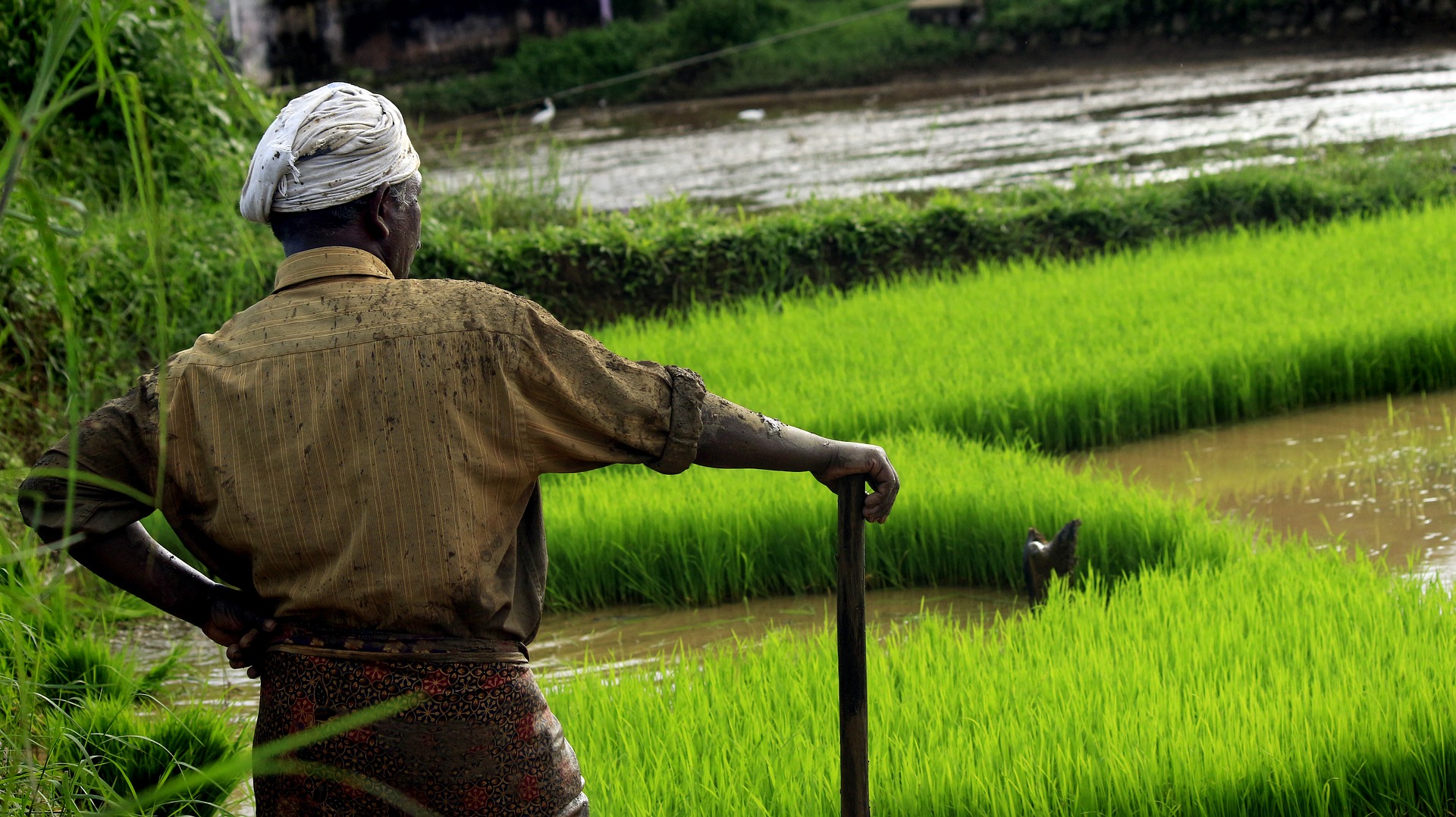
Slavery, Forced Labor, Debt Bondage and Human Trafficking: From Conceptual Confusion to Targeted Solutions
INTRODUCTION
Human trafficking has grabbed the headlines around the world but what is human trafficking and what is its relationship to forced labor, debt bondage and slavery? Has the focus on human trafficking and particularly trafficking into forced prostitution, undermined or marginalized efforts to address forced labor, debt bondage and slavery? The answer to the first question is that, although they are interconnected, they are not the same in international law or in practice, which has led to much confusion and misinformation. The answer to the second question is yes, global mobilization to counter ‘trafficking’ has diverted attention away from the great number of persons who are in forced labor, debt bondage and slavery but who were not trafficked into these situations. So, the purpose of this paper is to provide some conceptual clarity to the current confused state and to issue a call for governments and civil society to address the human rights abuses suffered by victims of all of these crimes. First, the Paper discusses the international law instruments on forced labor, debt bondage, slavery and trafficking to demonstrate that these four abuses are not the same, although they all contain elements of forced labor. Second, the Paper addresses the pervasive lack of conceptual clarity about the relationship between forced labor, debt bondage, slavery and human trafficking. The terms are used interchangeably and sometimes they are collectively called ‘a new form of slavery.’ This confusion has had negative and sometimes harmful consequences on the ground. Third, the Issue Paper concludes with a call for conceptual clarity, verifiable data and targeted responses, domestic legislation and enforcement of international standards, better labor and immigration laws, use of documented successes and responsible consumerism.
BACKGROUND
The International Labor Organization (ILO) claims there are at least 12.3 million people in forced labor, debt bondage and slavery, including people who have been trafficked into these conditions (ILO 2005, 10). To gain a bit of perspective on the scope of the problem, 12.3 million is about equal to the population of Greece or Senegal (UNDESA, Annex, p. 2). A definitive calculation on the global scope of the problem will never be possible, but the ILO number is the best estimate available to date as it is the only estimate that is based on a systematic methodology (however imperfect) that can be checked and replicated.1 Yet, surprisingly, the outrage that one would expect to exist in the face of such a horrific violation of fundamental rights is not present. Global outrage is focused almost exclusively on 20% of the 12.3 million – on the 2.45 people who the ILO estimates are trafficked into forced labor, debt bondage and perhaps slavery2 (ILO 2005, 14). The horrors endured by the other 80% – who were not trafficked – are rarely mentioned in public debates or political discourse and, surprisingly, not even in discussions about trafficking despite the fact that trafficking always involves some form of forced labor, debt bondage and/or slavery. The costs of these abuses to the 12.3 million victims are extensive and shocking. As well as being forced to work, victims will have restrictions placed on their freedom of movement, may be beaten, killed, denied access to health care, fed a starvation diet, deprived of an education and/or forced to live in filthy and dangerous conditions. Many also face the possibility of sexual assault. They often suffer from diseases that could have been prevented with adequate nutrition, sleep and access to health care. For some victims, the suffering amounts to inhuman and degrading treatment and torture. In sum, victims are deprived of all of their basic human rights and freedoms for days, weeks, or years – until they are freed or die. Forced labor, debt bondage, slavery and human trafficking have an enormous financial cost for victims and society. The ILO estimates that victims lose approximately U.S. $21 billion a year in unpaid earnings (ILO 2009(a), 32). It also estimates that criminals earn $32 billion a year from the forced labor of trafficked persons alone (ILO 2005, 55). These lost billions contribute to the poverty of the workers, their families and communities. These are not just individual losses; they are collective losses that contribute to poverty and the harmful consequences of poverty.
TO READ THE FULL REPORT PLEASE USE THE DOWNLOAD LINK OR CLICK HERE TO REACH THE HOSTS ORIGINAL POSTING
